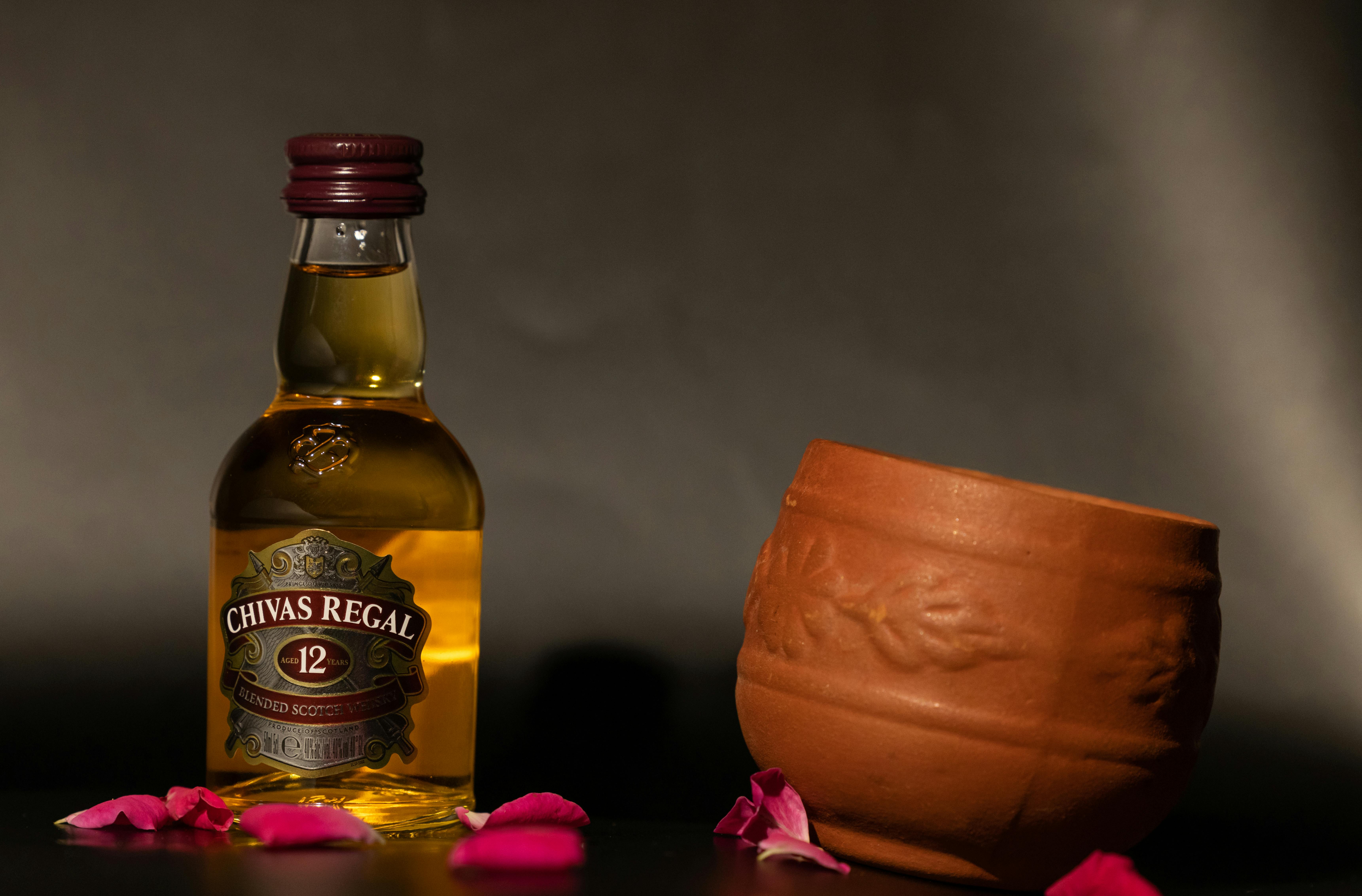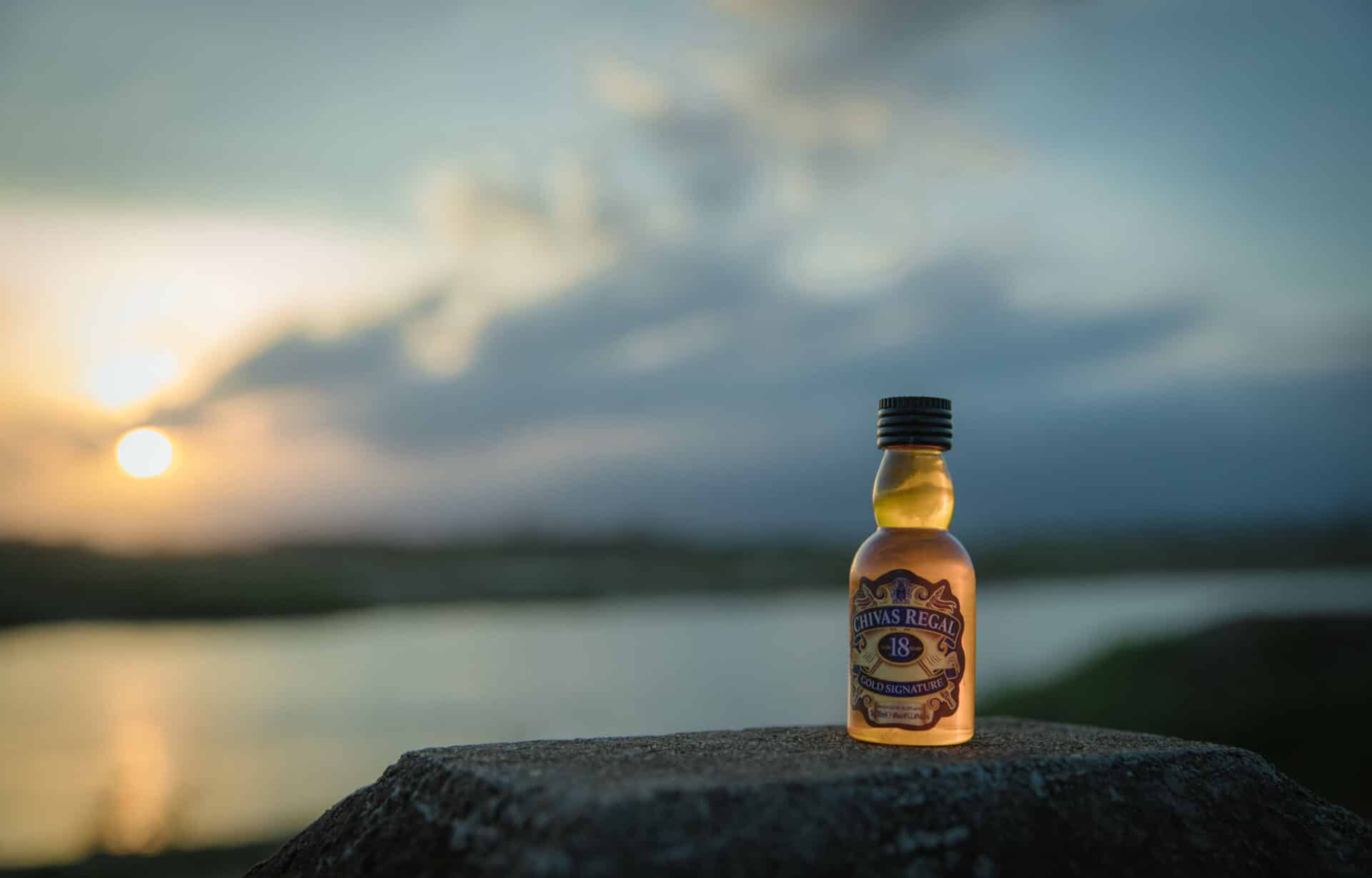Whiskey distilling is a long and complicated process that requires a great deal of skill and knowledge. But if you have the passion and dedication to become a whiskey distiller, then there are many opportunities available to you. To become a whiskey distiller, there are certain steps you need to take and knowledge you need to gain in order to perfect your craft. This guide will provide you with an overview of what it takes to become a whiskey distiller, from understanding the distillation process to understanding the regulations around whiskey production. With the right guidance, anyone can become an expert whiskey distiller.Distilling whiskey is a complex process that involves a number of steps. The first step in distilling whiskey is to create a mash, which is a mixture of grains, such as corn, rye, wheat, and malted barley. This mash is heated until the starches are converted into sugars and then cooled. The cooled mash is then fermented with yeast to produce alcohol. The fermented mash is then heated in a still to produce the desired whiskey. The distillation process separates the ethanol vapor from the water and other impurities in the mash. This vapor passes through a condenser which cools it down and turns it back into liquid form. The liquid is now “distilled whiskey”, which can be aged in oak barrels for up to several years to create unique flavors.
Learn the Different Types of Whiskey
Whiskey is a distilled alcoholic beverage made from a fermented grain mash. It typically contains malt, rye, wheat, or corn as its main ingredient and is aged in charred oak barrels. Whiskey can be enjoyed neat, on the rocks, or as part of a cocktail. There are many different types of whiskey available, each with its own unique flavor and characteristics.
Bourbon
Bourbon is an American-style whiskey made from at least 51% corn and aged in charred oak barrels. It has a sweet, smoky flavor with notes of vanilla and caramel. It is commonly used in cocktails like the Manhattan and Old Fashioned.
Rye
Rye whiskey is made from at least 51% rye grain and aged in charred oak barrels. It has a spicy flavor with hints of pepper and cloves. Rye whiskey is often used in cocktails such as the Sazerac and Vieux Carré.
Scotch Whisky
Scotch whisky is made from malted barley and
Research the Requirements for Becoming a Whiskey Distiller
Becoming a whiskey distiller requires a great deal of knowledge, skill, and dedication to the craft. The first step is to understand the production process and develop an in-depth understanding of the different types of whiskey and how they are made. After gaining this knowledge, aspiring distillers need to develop their own unique recipes and methods for producing whiskey. Once these recipes are perfected, they can then move onto the actual distilling process. This involves fermenting grain, aging it in oak barrels, and blending it with other ingredients to create unique flavor profiles.
In addition to understanding how whiskey is made and developing original recipes, aspiring whiskey distillers must also learn about business management and marketing. Distillers need to understand how to properly market their product in order to ensure success in the competitive beverage industry. Having experience with accounting, finance, and sales is also beneficial in running a successful business.
Finally, becoming a whiskey distiller requires some form of certification or licensing from either state or federal authorities. This includes obtaining a permit from the Alcohol Tobacco Tax & Trade Bureau (TTB), as well as
Familiarize Yourself with Bottling Procedures and Regulations
When it comes to bottling, there are many procedures and regulations that must be followed in order to ensure the safety of the product. It is important for anyone involved in the bottling process to have a thorough understanding of these regulations and procedures. This includes knowing not only what is required, but also why it is necessary.
The first step in familiarizing yourself with bottling procedures and regulations is to research any local laws or regulations that may apply. This may include health codes, sanitation laws, or food safety standards. It is also important to be aware of any federal requirements, such as those set forth by the Food and Drug Administration (FDA).
Once you have a general understanding of any applicable laws or regulations, it is time to begin learning more about the specific processes involved in bottling. This includes understanding how to properly store and label bottles, as well as how to ensure that all bottles are clean and free from contamination. Additionally, you will need to know which materials can be used for packaging, such as plastic or glass containers, and which materials should not be used.
In addition to
Gather Necessary Supplies and Ingredients for Making Whiskey
Making whiskey requires specific supplies and ingredients. Depending on the type of whiskey you want to produce, you may need some additional ingredients. The basic supplies and ingredients for making whiskey include a still, grains, yeast, water, and time.
A still is an equipment used to extract alcohol from fermented grains by boiling them in water. Depending on the type of whiskey you want to make, you may need different types of stills. Copper stills are commonly used for making Scotch whisky whereas stainless steel is often used for producing American whiskeys.
Grains such as barley, wheat, rye or corn are used in making whiskey. Each grain has its own unique flavor and aroma which contributes to the overall flavor profile of the final product. Yeast helps in fermenting the grains and converting them into alcohol. Different types of yeast are available depending on your desired flavor profile.
Water is an essential component of making whiskey as it helps dilute the alcohol content while also adding its own unique

Acquire Experience in Blending and Flavoring Whiskey
Creating the perfect blend of flavors in whiskey requires knowledge, skill, and experience. Blending and flavoring whiskey is an art form, requiring careful consideration when balancing the mix of ingredients to achieve the desired flavor. In addition to having a basic understanding of the types of whiskeys available, it is important to understand how different flavors interact with each other and how they can be used to create a unique flavor profile.
The first step in learning how to blend and flavor whiskey is to understand the different types of whiskeys available. Different varieties may have different aging processes or different grain bills which can affect the flavor. Single malt whiskeys are made from one single grain, while blended whiskeys are made from two or more grains. Flavored whiskeys are typically blended with other spirits or liqueurs for additional complexity.
The next step in learning how to blend and flavor whiskey is to gain experience tasting different varieties. It’s important to note that not all varieties will have the same flavor profile; some may be smokier, spicier, sweeter, or drier than others
Get Certified as a Licensed Distiller
If you are looking to become a licensed distiller, there are a few steps you must take in order to get certified. First, you should research the regulations and laws within your state or country that dictate the requirements for becoming a licensed distiller. Depending on the jurisdiction, these requirements may vary significantly. Additionally, you should obtain an understanding of what it takes to produce distilled spirits from start to finish.
Once you have gained an understanding of the legal requirements and production processes, you will need to obtain the necessary equipment for distilling spirits. This could include stills, barrels and other materials used in the production process. You should also be prepared to learn how to operate and maintain such equipment properly as part of your certification process.
Additionally, you may need to acquire certain certifications or credentials from various organizations that prove your competency in producing distilled spirits and running a distillery business. These certifications can help ensure that you are operating within legal parameters and that your products meet certain safety standards.
Finally, after acquiring all of the necessary certifications and credentials, you will

